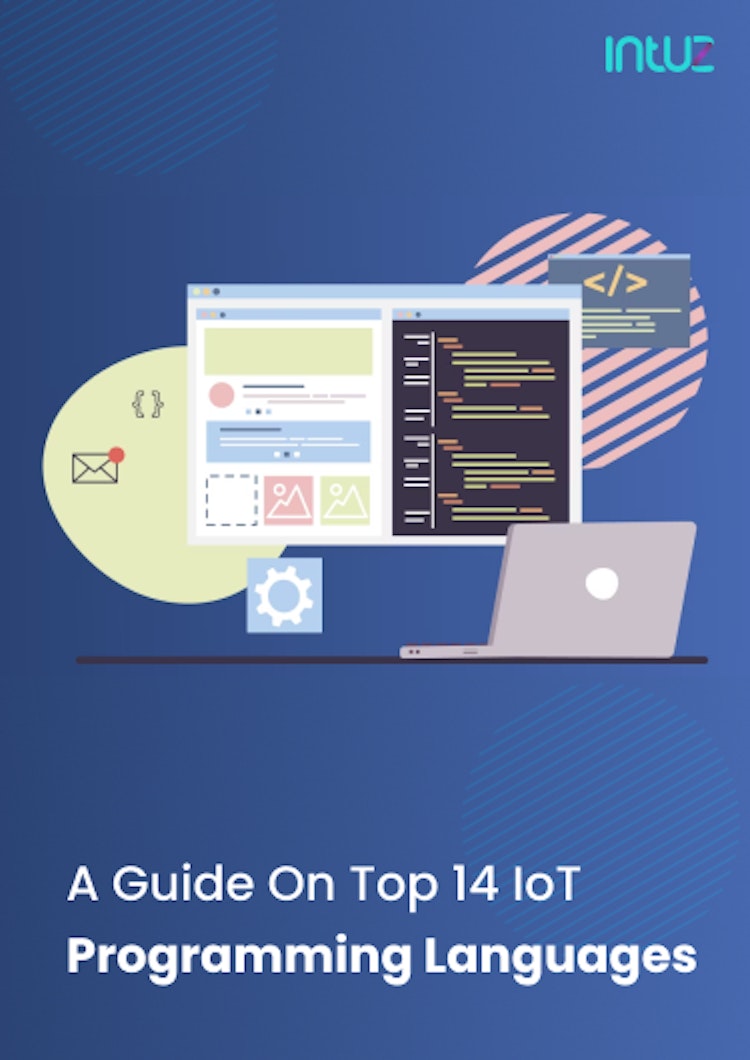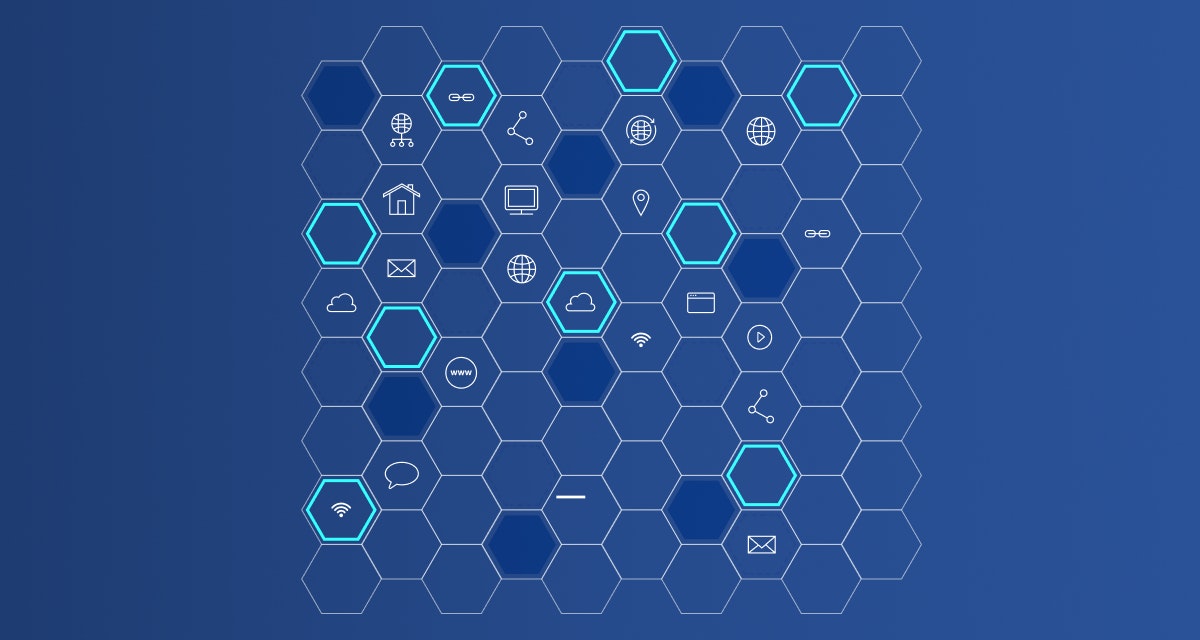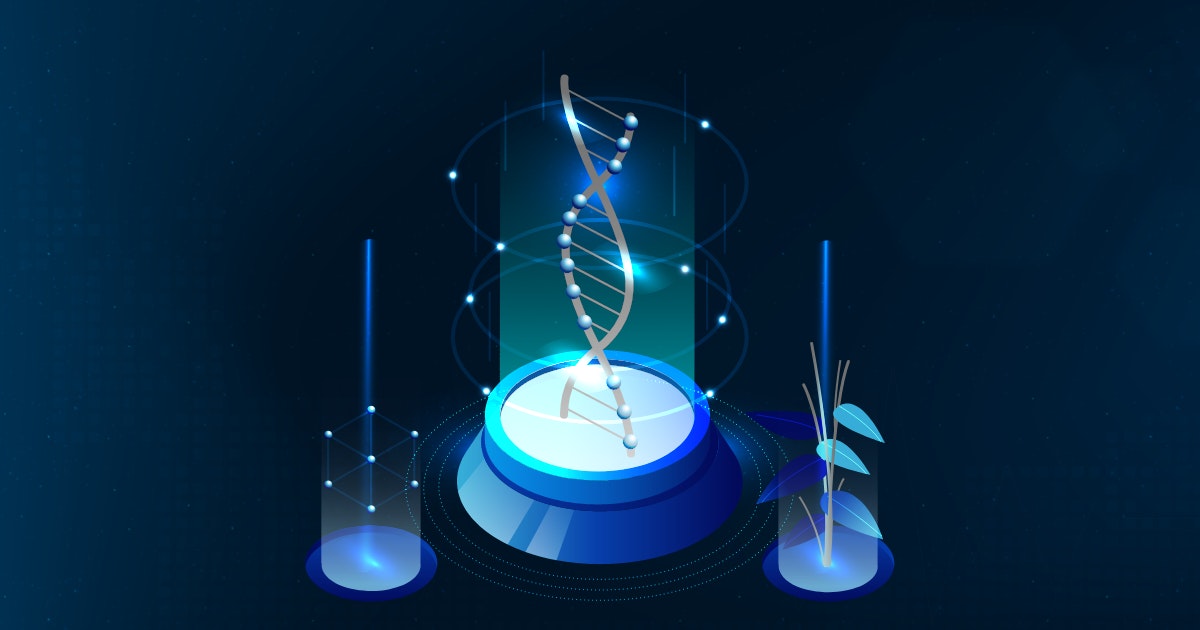Table Of Content
Simply put, the microservices architecture is, in fact, a development methodology where an application is arranged as a collection of loosely-coupled services, each executing their own process for a specific business capability and interacting with lightweight mechanisms.
The microservices architecture is a variant of the service-oriented architecture structural style, with the services being fine-grained and the protocols lightweight. They are built in different programming languages and employ different data storage technologies.
The services communicate with each other using well-defined APIs, and the internal implementation details of each service are hidden from other services. They are independently deployable with automated deployment mechanisms.
Benefits of microservices: Everything you need to know
Given the pace at which businesses function today and the impressive rise of new technologies, microservices management is easier than ever. If you are thinking of deploying the architecture, check out the list of advantages:
1. With a microservices architecture, new technology, and process adoption becomes smooth and hassle-free.
2. Since the architecture contains loosely-coupled but independently functioning services, the failure of a single module does not affect the remaining part of monolithic applications.
3. Microservices guarantee an increase in the autonomy of development teams and better fault isolation — both of which lead to faster speed to market, increased reliability, and scalability.
4. As the application is broken into smaller modules, it is easier for them to develop and maintain. Plus, each service can be independently deployed, updated, replaced, and scaled.
Seven criteria for choosing a technology for microservices
There is no surprise that with microservices, you can build a reliable platform for extending the business while also benefiting from multiple programming languages and technologies.
However, the architecture comes with operational overheads, making it an unfeasible option for those looking to keep their budget under control. It would be best to standardize the tech stack by choosing the programming language based on your business needs.
The following are seven critical aspects to be considered while choosing the proper framework:
1. Ease of development
Frameworks make app development a breeze, enhancing developer productivity and optimizing the project outcome. Tools and IDEs supporting the frameworks also play a critical part in rapid app development.
2. Architectural support
Frameworks used in microservices architecture offer code modules and interfaces with built-in design patterns. That removes the coding complexity for application developers, making the process extremely straightforward and relaxed.
3. Automation support
Developers can benefit from framework support that comes in handy for automating tasks related to deploying and implementing the microservices.
4. Variety of frameworks and languages
Based on the project requirement, various frameworks are available to develop microservices, including Spring Boot, Go Micro, AxonIQ, and Helidon. Python, C++, Node.js, and Java are popular languages for developing microservices.
Guide on Best Front-End Frameworks in 2022 & Beyond
Take A Tour5. Continuous integration
Developers integrate code into a shared repository several times daily. Each integration can be verified through an automated build and tests framework.
6. Community strength
Many developers specialize in microservices architecture. You will find immense support from the community in case you hit a roadblock. Plus, the frequency of releases to fix issues and add new features is also high. The microservices architecture is evolving rapidly!
7. Shallow learning curve
Due to the extensive community support and the availability of documentation in the form of best practices, tutorials, and hacks for typical problems, the learning curve of working with microservices architecture is pretty shallow. This not only saves development time and cost but also improves the overall productivity of developers.
Top microservices framework to choose for your project
1. Spring Boot and Spring Cloud
Spring Boot offers various extension projects for building full-stack microservices applications, a popular Java framework for writing microservices. It helps develop large-scale system architectures from many collaborating components.
Spring Cloud is a part of Spring Boot, and its primary purpose is to maintain the traffic of the network. It also reduces time and boosts productivity during the microservices application development process.
Thanks to the inversion of control and the presence of various modules, Spring Boot is easy to integrate with other frameworks. Spring Mongodb, Spring JPA, and Spring JDBC are a few extensions used during the development processes.
In addition, Spring Boot offers various functionalities to handle failures in distributed systems. Building a REST API with the help of Spring MVC is easy. It also has modules to develop SOAP-based applications.
Grafana, Prometheus, Consul and Jaeger are some other tools it can integrate with. Spring Boot is easy to deploy on Docker, Kubernetes, and OpenTracing. It has a relatively shallow learning curve due to modularity.
2. Eclipse Vert.x
If you are a company employing Kotlin, JavaScript, and Java developers, then this microservices framework should be their ideal choice. Vert.x is a toolkit that helps build reactive microservices running on the JVM.
This framework supports multiple programming languages and is event-driven and non-blocking. This means your microservices application can handle volumes of concurrencies using a small number of kernel threads.
Vert.x is lightweight, fast, and modular. Meaning, you can run your apps wherever you want to conveniently and swiftly. You can add or remove whatever functionalities you desire. It offers diverse libraries to build microservice applications.
Plus, when you develop a Vert.x application, you may want to isolate a functionality somewhere and make it available to the rest of your app. Vert.x is multilingual. Meaning it supports multiple programming languages.
In addition, it is designed for writing asynchronous unit tests with a polyglot API and running the tests in the JVM.
3. Helidon
This microservices framework was developed by Oracle and is a collection of Java libraries helpful in writing microservices applications. There are two types of Helidon: Helidon MP and Helidon SE.
While the former deploys the MicroProfile specification and is an excellent choice for Java EE developers, the latter is a compact toolkit embracing the latest Java SE functionalities, including functional programming, fluent style APIs, and reactive streams.
Helidon can integrate with popular tools from the cloud-native ecosystem, including OpenTracing, Prometheus, Docker, and Kubernetes. A configuration component also offers a Java API for loading and processing configurations in key/value format.
Since Helidon is a new framework in the market, you might not find a lot of documentation for support if you hit a roadblock. However, it supports health check APIs, metrics, and tracing.
4. Go Micro
If there is one that is constant, it is the change in technologies. The infrastructure stack that worked five years ago is now redundant. And let us not even talk about legacy systems. They cannot do the job that today's modern software can do. That is the way technology works!
Go Micro is a pluggable Go framework that addresses these issues and is used in distributed systems development. Over the past few years, it has become a fairly known framework among developers to take on hardcore application development projects.
When building microservices applications specifically, Go Micro simply takes the microservice architecture pattern and converts it into a set of tools that behave as building blocks for the platform. It applies a rather uncomplicated logic to do so.
If you are looking to develop a highly complex distributed system, Go Micro is ideal as it offers simple abstractions that developers understand well. There are several reasons why you must choose Go Micro for microservices application development.
It has a robust API gateway that offers powerful routing via discovery and pluggable handlers. An interactive CLI also gives all the commands you need to understand what is happening with your microservices architecture.
Moreover, Go Micro offers predefined templates for developing apps. You can create similar services and be more productive. Access the SlackOps bot to stay connected with your team on the platform and use the web dashboard that describes your endpoints.
5. Quarkus
Are you a Kubernetes lover? Then, you would love Quarkus! Specifically tailored for GraalVM and OpenJDK HotSpot, this is a relatively new framework originating from Java libraries and standards. It is cloud-native and container-first.
Quarkus has a ton of features, including fast boot time, lower time-to-first request, minimal memory footprint, and so on. It is also optimized for running in containers. In addition, Quarkus has a shallow learning curve. Its documentation is easy to understand and straightforward.
Moreover, although it is so new in the market, developers can use many extensions, including support for Kafka, RabbitMQ, Vert.x, and Hibernate. The main goal of Quarkus is to provide developers with a broader range of distributed app architectures.
6. Lagom
An open-source framework, Lagom is majorly used for building systems of Reactive microservices in Scala or Java.
Some of the benefits of using Lagom include increasing agility, improving time to market, high responsiveness, along with increased scalability and elasticity. With Lagom, you can create microservices apps with reactive qualities and better-defined development capabilities.
Because of its integrated development environment, you can solve business problems instead of wiring services together. Developers can use a single command to create the project, including supporting components and microservices in the Lagom infrastructure.
If you want a framework that makes the best use of modern computing environments besides meeting user expectations, Lagom is the right choice.
The only drawback is, however, the learning curve is high, and the process of linking the control flow between the components is complicated. Developers also have to deal with duplicate events (objects), and replaying them can be full of errors.
With limited documentation in hand, hiring a team of expert Lagom developers who have worked on similar projects before is best.
7. AxonIQ
This programming language can develop Java apps that can evolve into event-driven microservices without significant refactoring.
It includes specialized infrastructure and programming models that can offer enterprise-ready operational support. This comes in handy, especially for scaling and distributing mission-critical business platforms.
That is not surprising given the number of features it offers, including load balancing, globally distributed data centers, event storage, service discovery, third-party integration, monitoring, clustering, and so on.
AxonIQ helps you build microservices architecture in sync with Domain-Driven Design (DDD) principles. It has an expansive community worldwide, and one can receive help from developers specializing in AxonIQ pretty easily.
Top five programming languages for microservices application development
Besides choosing a framework for building microservices applications, you also need to invest time in selecting the correct programming language for the project. Ideally, it should enable independent deployment, a consumer-first approach, and a culture of continuous integration.
The chosen programming language should be highly observable, implement decentralization of components, and be modeled around your business domain. You must select an option that is fast at responding to requests and can manage heavy application traffic.
We have listed five programming languages that support microservices development to make your job easier. Let us study them in detail:
1. Java
Think "development," and it is not hard to think about Java. After all, it is the oldest programming language in the world. Java microservices are much easier to build when powered by any microservices framework.
The language offers a lot of value regarding readability, especially while working with complicated systems and tools. Not only does it offer connectivity to backend resources but also, it has an extensive community that is ready to help in times of need.
Java is suitable for a range of microservices apps such as JPA for data handling, JAX-RS for APIs, and CDI for lifecycle management and dependency injection. Besides, Netflix Eureka, Consul, and Amalgam8 are a few service discovery solutions that can connect with Java microservices.
2. Golang
If you want to give your existing microservices app development project a boost, then Golang is an incredible choice. Popular for its API support and concurrency, one can expect increased productivity of various cores and systems working on the microservices architecture.
It also involves a powerful standard for creating web services and is exclusively engineered for large and complicated applications. Golang works well with Go Micro, an RPC framework, and brings advantages such as message encoding and load balancing.
Besides having straightforward syntax, Golang has excellent test support. That makes it easy for it to write robust tests along with embedding them conveniently into the workflows.
3. Python
A high-level, general-purpose programming language, Python focuses on code readability using significant indentation. It helps developers write clear, concise, and logical code for small and large-scale projects.
Plus, prototyping in Python is faster and easier than other microservices frameworks and languages. It is compatible with legacy languages such as PHP and ASP, enabling you to develop a web service frontend for hosting microservices.
Python deploys a RESTful API approach, which delivers a comprehensive method of utilizing web protocols and software to manipulate objects remotely. Due to this arrangement, it becomes a lot easier for developers to monitor the app after it has been broken into smaller components.
4. Node.js
It is an open-source and cross-platform programming language with a backend JavaScript runtime developed on Chrome's V8 JS engine. Node.js has quickly become a hot favorite in the development community in the past few years, especially for microservices applications.
One of the core reasons for the same is the super-fast completion of Input-Output (IO)-based tasks. In Node.js, HTTP is a first-class citizen with low latency and fast streaming in mind.
These capabilities also make the programming language well-suited for creating the foundation of a web framework or a web library.
Python v/s. Node.JS Development – Which one to choose for Project Development?
Learn Now5. .NET
This programming language embraces built-in support for creating and implementing microservices utilizing Docker containers. .NET has APIs that can simply take up microservices from any app developed for the desktop, web, mobile, gaming, and so on.
The best part is that you do not have to revamp or modify the app to accommodate .NET microservices. The .NET docker helps you to concentrate on only developing your microservices. The programming language integrates with Node.js and Java and can run on the cloud as well.
With microservices architecture being an extensive concept, it is easy for developers to churn out apps, solutions, and products on a more granular and modular level.
The success of the technology depends on the tools and frameworks you use, and programming languages also have an equally integral part to play.
Choose microservices. Build intuitive applications.
Selecting appropriate microservices frameworks for app development is challenging for both businesses and developers. However, the right choice can help them develop apps cost-effectively and smoothly.
Whatever you select must be based on skill availability, community support, learning curve, ease of development, and industry acceptance. You should fully understand the pros and cons of the framework before starting the development process.
If you want an expert to help you pick out a framework that will not hamper the operational needs of your business, look no further! Intuz can sort out your requirements for you in a jiffy.






